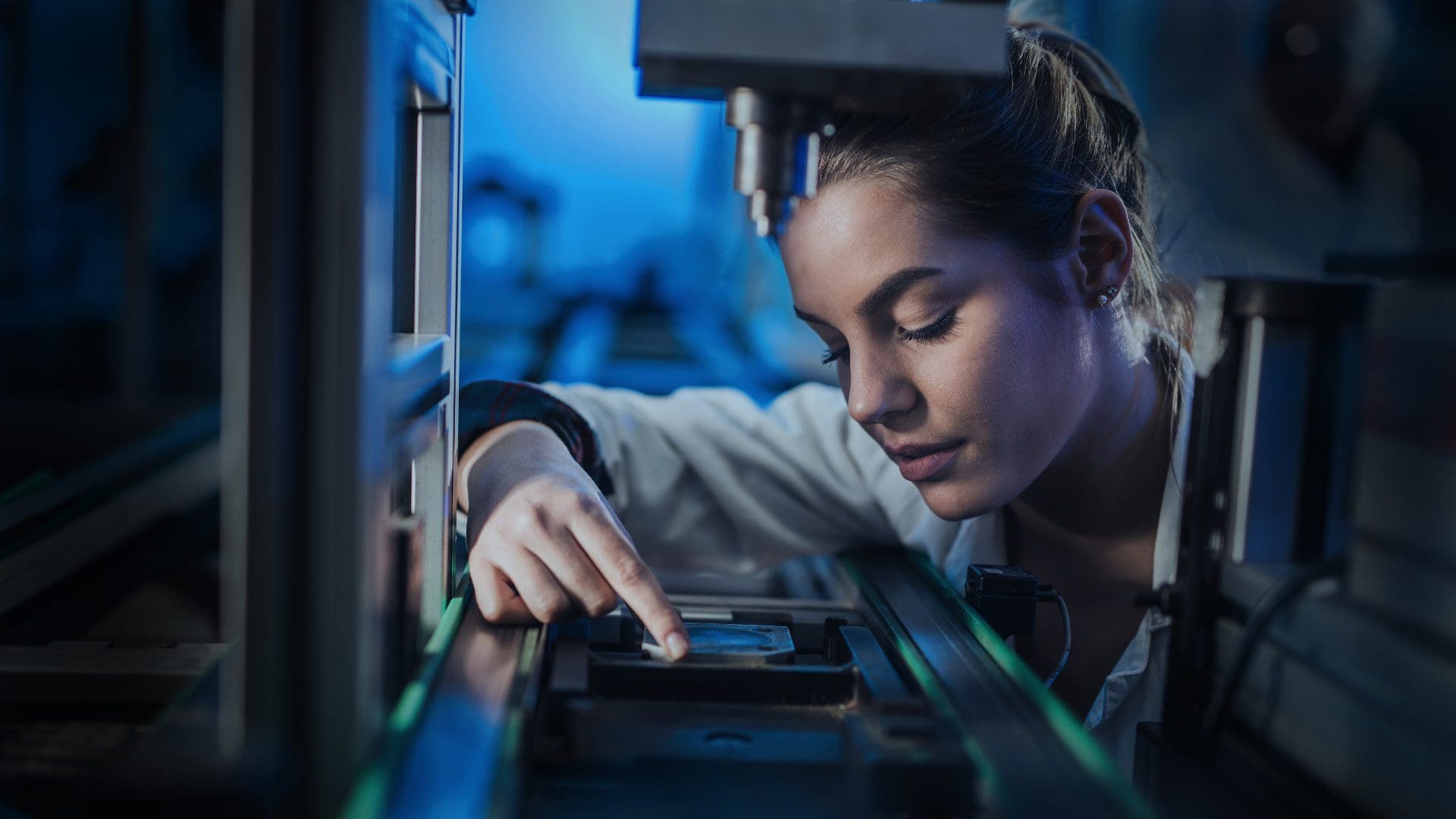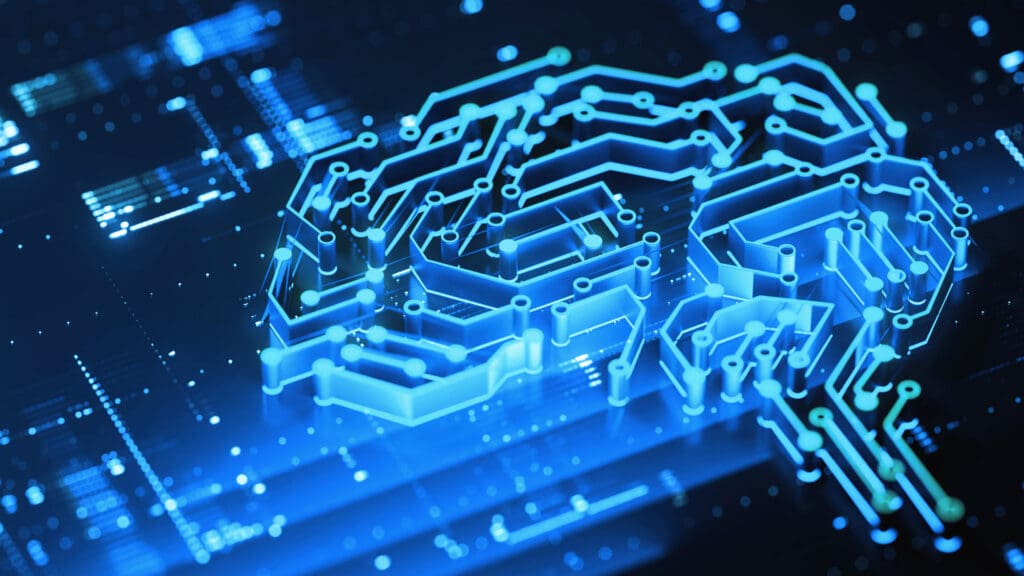While automation—the heart of the “fourth industrial revolution or Industry 4.0“—clearly has moved from the corners of enterprise strategy and into mainstream conversation, it remains a rapidly maturing technology field characterized by constant change and, sometimes, market confusion.
For example, various innovative Software-Based Intelligent Process Automation (SBIPA) technologies have emerged in the last decade, to dramatic rates of adoption and significant industry attention.
SBIPA encompasses a whole family of intelligent automation, including robotic process automation (RPA), and various platform spaces such as artificial intelligence (AI), cognitive computing, autonomics, and machine learning. These related technologies all are designed to help businesses and governments improve performance and lower costs. Within the broad range of SBIPA exist very complex AI systems such as IBM’s Watson down to simple desktop macro recorders.
The number and diversity of industry participants involved with this new capability—providers, consumers, analysts, and consultants—multiplied quickly in the first years of SBIPA proliferation as the solutions’ potential to disrupt prevailing enterprise operations functions, governance models, and workforce management systems became clear.
Many of the providers of the SBIPA solutions grew out of academic research teams and in-house innovation labs from across multiple technology areas and industry segments, so the terms to describe concepts, capabilities, and product attributes in the new space were drawn from the jargons of a wide range of disciplines.
The global ecosystem of SBIPA stakeholders shared no common language, understanding, or reference models for what different products are or attempt to do relative to other competitive offerings. So, with literally hundreds of new startups making remarkable claims about their products, SBIPA developed into something of a buyer-beware environment.
Since 2017, the IEEE Standards Association (IEEE SA) has rolled out a portfolio of three interrelated standards in the space:
- IEEE 2755™, IEEE Guide for Terms and Concepts in Intelligent Process Automation
- IEEE 2755.1™, IEEE Guide for Taxonomy for Intelligent Process Automation Product Features and Functionality
- IEEE 2755.2™, IEEE Recommended Practice for Implementation and Management Methodology for Software Based Intelligent Process Automation
By helping to bring clarity and consistency to the gamut of industry participants and delivering objective guidance around implementation, deployment, and management, the IEEE standards are intended to accelerate SBIPA collaboration, innovation, and adoption. These three standards together provide a guide to the jargon, a comprehensive technology assessment guide, and a recommended practice for implementation and management of these technologies.
A Growing Library of Objective Guidance
The IEEE Intelligent Process Automation (IPA) Working Group completed the base IEEE 2755 standard in 2017. This standard proposes definitions representing the consensus of a diverse panel of industry participants, and those terms were then leveraged in development of the next two IEEE standards for the space.
IEEE 2755.1, published in 2019, defines and classifies approximately more than 140 features and functions across six core areas of capability. The standard is intended to create a foundational understanding of SBIPA so that industry participants may rely on a product manufacturer’s functionality claims and underlying technological methods used to produce those functions. IEEE 2755.1 is designed as a turnkey guide to help users evaluate the relative sophistication and importance of each product function or feature, identify important differences among competitive offerings, and select solutions that best meet their needs. Large businesses transitioning to an automated environment are the primary target audience for IEEE 2755.1.
IEEE 2755.2, approved in 2020, was actually the first standard that the IEEE Intelligent Process Automation Working Group conceived of producing. However, the working group’s members determined that defining common nomenclature, concepts, and categories presented in IEEE 2755 and IEEE 2755.1 was necessary to achieve the goals of IEEE 2755.2.
Utilizing the terminology and technology taxonomy established in IEEE 2755 and IEEE 2755.1, respectively, IEEE 2755.2 then provides a comprehensive self-help methodology for technology domain exploration, development of strategy, technology evaluation, implementation, management, governance, operations, program optimization, and successful enterprise scaling for SBIPA programs.
The recommended practice compiles end-to-end best practices from industry leaders on the proven methods— from initial discovery and exploration of transformative capabilities to development and execution of an enterprise-wide program. IEEE 2755.2 is especially tailored to make the most innovative SBIPA capabilities and programs more accessible to the world’s small and mid-sized organizations.
Growing the SBIPA Portfolio for Diverse Stakeholders
The family of technology- and manufacturer-independent standards were put together to fill an increasingly important market need for objective guidance for the SBIPA technology area’s rapidly growing range of stakeholders:
- Academics in the field of automation
- Makers of digital automation software products
- Consultants interested in digital automation
- Third-party software integrators interested in the field of digital automation
- Analysts in the fields of shared services, outsourcing, and digitization
- Practitioners of industry application of digital automation
Due to the sustained five-year efforts of a diverse panel of industry participants coming together through the IEEE IPA Working Group to forge a common language and framework of understanding, the SBIPA space is poised to evolve more efficiently over its next stages of maturation in the years ahead.
Learn more about IEEE 2755-2017, IEEE 2755.1-2019, IEEE 2755.2-2020 and the IPA Working Group.
Author: Lee Coulter, Chair, IEEE Intelligent Process Automation (IPA) Working Group








